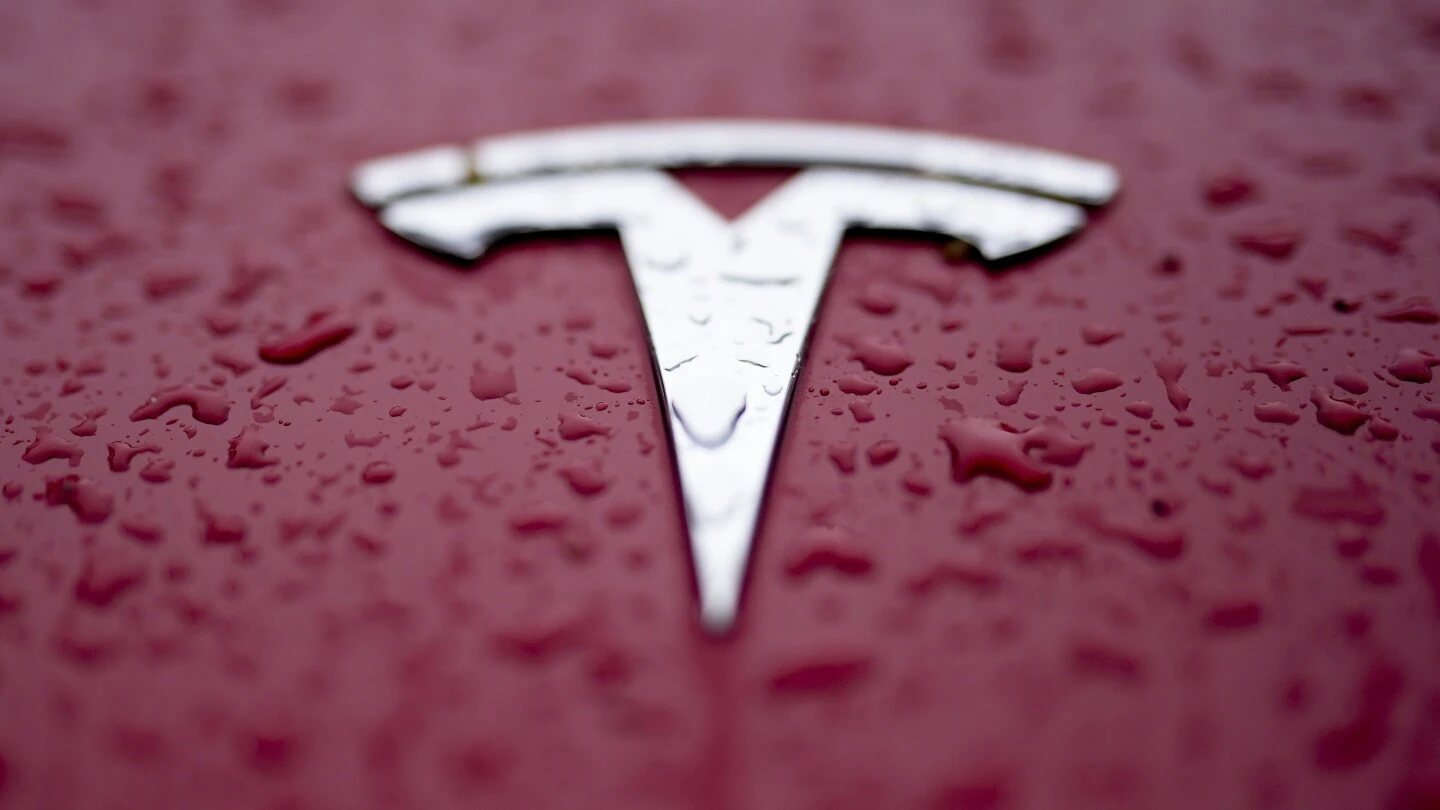California firefighters had to douse a flaming battery in a Tesla Semi with about 50,000 gallons (190,000 liters) of water to extinguish flames after a crash, the National Transportation Safety Board said Thursday.
In addition to the huge amount of water, firefighters used an aircraft to drop fire retardant on the “immediate area” of the electric truck as a precautionary measure, the agency said in a preliminary report.
Firefighters said previously that the battery reached temperatures of 1,000 degrees Fahrenheit (540 Celsius) while it was in flames.
The NTSB sent investigators to the Aug. 19 crash along Interstate 80 near Emigrant Gap, about 70 miles (113 kilometers) northeast of Sacramento. The agency said it would look into fire risks posed by the truck’s large lithium-ion battery.



I wouldn’t be surprised Tesla uses shit quality batteries
All ev batteries will burn like this, though. It’s the nature of this type of battery.
Not all EVs need Li-Po batteries. They probably won’t be in the next couple of years. The cheap end of the market will use sodium-ion, and the more expensive end solid state lithium. Both have much better fire protection and puncture resilience than Li-Po. Both types of batteries are at the manufacturing stage, but aren’t in cars yet.
So what you’re saying is that, in fact, all EV’s do have lithium batteries
Today, yes, but there’s no reason to think it’ll stay this way. The lithium batteries that will stick around aren’t likely to have this problem.
Yep yep surely, but I think batteries could be manufactured to be just more or less resistant
The batteries (a battery is a bunch of cells) actually are made to be resistant. Be it firewalls between the cells, fuses, fire retardant, exhaust systems, BMS for thermal management etc.
The cells it’s just the nature of the chemistry and form.
The pouch cells used in many EVs are actually more fire prone than the cells used in a Tesla or Rivian. They are very easy to puncture, so in an accident or from manufacturing defects their fire risks are higher. They’re also larger in format and each cell contains more energy, resulting in a risk of more fire if something goes bad.
Prismatic and cylindrical cells are less fire prone and IMO should be the only choices. I wouldn’t be surprised if pouch cells were deemed unfit for vehicles far in the future, but probably not before the industry moves away from them naturally. Many have already announced moving away from pouch cells. One of the reasons they’re used in cars today is there was excess pouch manufacturing capacity compared to prismatic/cylindrical. The existing OEMs had to cobble together a battery supply chain with very few options.
Then the chemistry is important too. Lithium iron phosphate cells are more tolerant and less likely to have thermal runaway than the NCA or NMC (nickle coblat aluminum / nickle manganese cobalt), but their power density is lower, so you aren’t making long range vehicles (or semis with good range) today. LiPo cells are prismatic as well due to the nature of how they are made, so less fire risk from chemistry, and less risk from battery cell form.
Sodium Ion are even less likely, but it’ll be well over a decade before you make more than a commuter car with those, if ever. Toss them in a cheap to build car though and we can make a really great and cheap commuter vehicle in the near future.
Edit: more details.
You seem very informed on the matter, thank you for your clarification
Thanks! I’ve been following this for a very long time. I think the Lithium Iron Phosphate cells are going to be the best option we have for a long while in terms of fire risk/energy density/cost. Watching them improve over the years and make their way into more cars has been great.